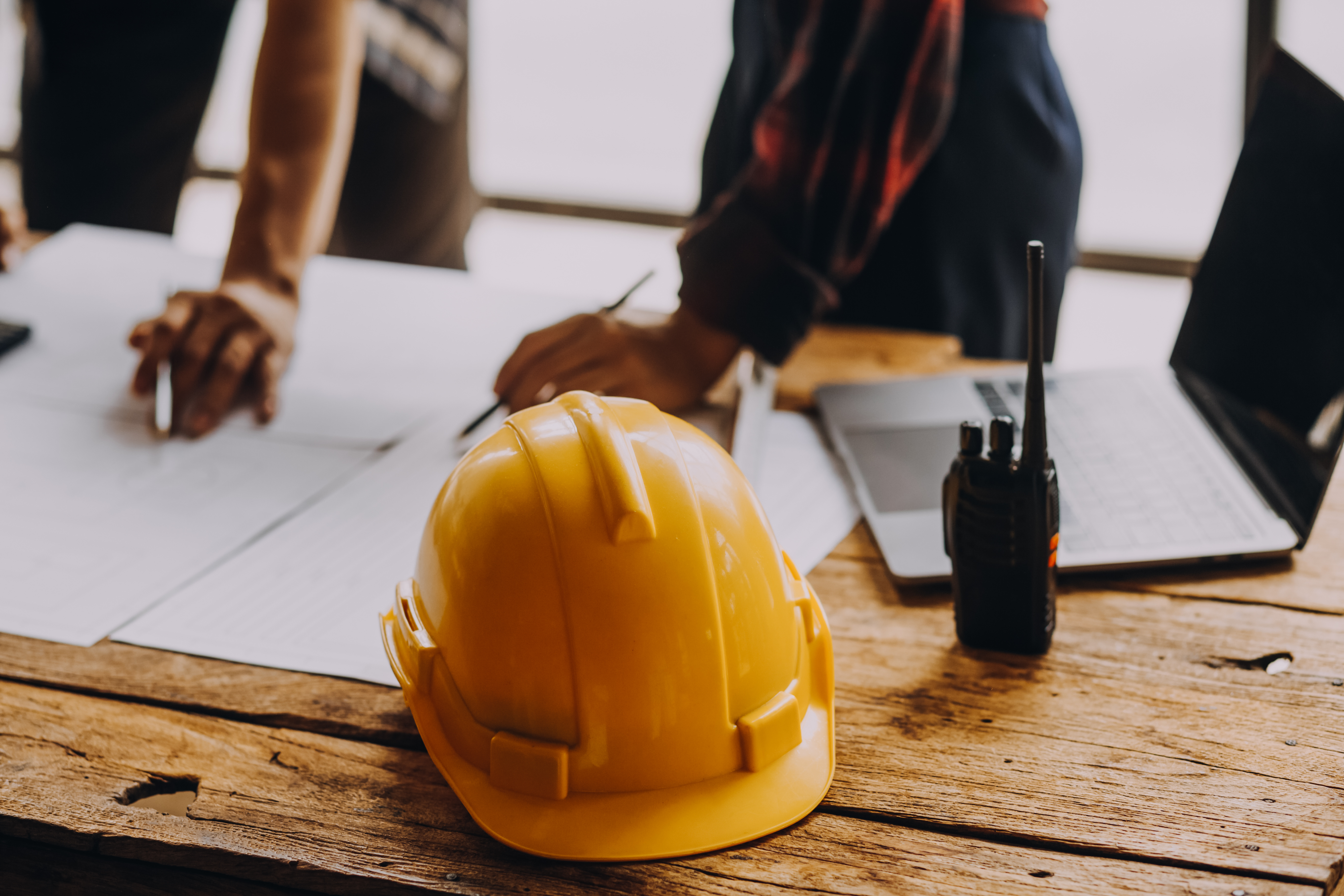When it comes to site selection, looks can be deceiving. A parcel may seem perfect at first glance … until you uncover the flood zone, unstable soil, or protected wetlands that shift the entire scope of your project.
Environmental risk isn’t just a regulatory box to check. It’s a deal breaker hiding in plain sight. For today’s builders, environmental due diligence is a critical step toward making faster, smarter, and more profitable development decisions.
What Is Environmental Due Diligence?
Environmental due diligence is the process of identifying and evaluating potential environmental constraints before moving forward with a project. It covers both natural risks (like erosion, flooding, or wildfire) and regulatory overlays, such as protected species habitats or wetlands governed by federal agencies.
Why does this matter? These conditions can stop development in its tracks. Delays, redesigns, mitigation requirements, and even total abandonment are real possibilities when risks are uncovered too late.
Early assessment isn’t just about protecting the environment — it’s about protecting your investment.
Flood Zones
Floodplain development comes with increased insurance costs, strict building requirements, and heightened permitting oversight. Builders need to understand whether a property lies within a FEMA-designated 100-year or 500-year flood zone, and how that classification affects long-term feasibility.
Wetlands and Waterways
If a site contains jurisdictional wetlands, expect close involvement from the Army Corps of Engineers and state environmental agencies. Without early identification, these areas can delay entitlements and trigger expensive mitigation plans, or eliminate site viability altogether.
Endangered Species Habitats
Certain parcels may lie within protected habitats, meaning construction activity could be limited or entirely prohibited. The presence of endangered flora or fauna often requires biological surveys, conservation plans, and multi-agency approval.
Soil Quality and Stability
Erosion-prone soil, high shrink-swell potential, or subsidence risk can drive up engineering and grading costs. In some cases, they may even force a complete redesign of foundations or drainage systems.
Wildfire Risk and WUI Zones
With climate-related volatility on the rise, more land is being categorized within the Wildland Urban Interface (WUI). These zones require strict fire-resistant construction standards, defensible space, and may face growing insurance restrictions.
What Happens If You Skip It?
Builders who overlook environmental due diligence face more than just regulatory headaches. They risk:
- Cost overruns from unplanned site prep, soil mitigation, or infrastructure upgrades.
- Permit delays as agencies require additional studies or redesigns.
- Lower market appeal due to flood or fire zone status.
- Project shutdowns if the site violates environmental protection laws.
When due diligence isn’t done upfront, builders are often forced to play catch-up … and they pay for it.
The Advantage of a Proactive, Data-Driven Approach
In today’s market, success belongs to the builders who evaluate risk before committing resources. Environmental due diligence isn’t just a defensive move, it’s a strategic one.
By identifying constraints early, you can:
- Avoid high-risk parcels that undermine timelines and margins.
- Streamline entitlements with clearly documented due diligence.
- Design with intent: elevating structures, protecting habitats, or rerouting infrastructure before it becomes an emergency.
- Plan for mitigation costs as part of your initial budget, not an afterthought.
See Risk Coming with Acres.com
Acres helps builders move with clarity and speed — because the only thing worse than a bad site is a bad surprise.
With Acres, you can visualize environmental constraints before they stall your deal. Our data layers help you spot:
- FEMA flood zones
- Wetlands and water bodies
- Soil types and erosion potential
- Fire risk zones and WUI boundaries
- Protected species habitats and conservation areas
Whether you’re screening a parcel or deep into feasibility analysis, Acres gives you the intelligence to reduce risk, avoid delays, and build smarter.
Don’t Let Environmental Risk Catch You Off Guard
Environmental due diligence isn’t just for large-scale projects or sensitive ecosystems. It’s a foundational step for anyone developing land today.
With better data and earlier insight, you can protect your bottom line and move faster with confidence.
Explore Acres today and see how we help builders get ahead of environmental risk — before it becomes a roadblock.
